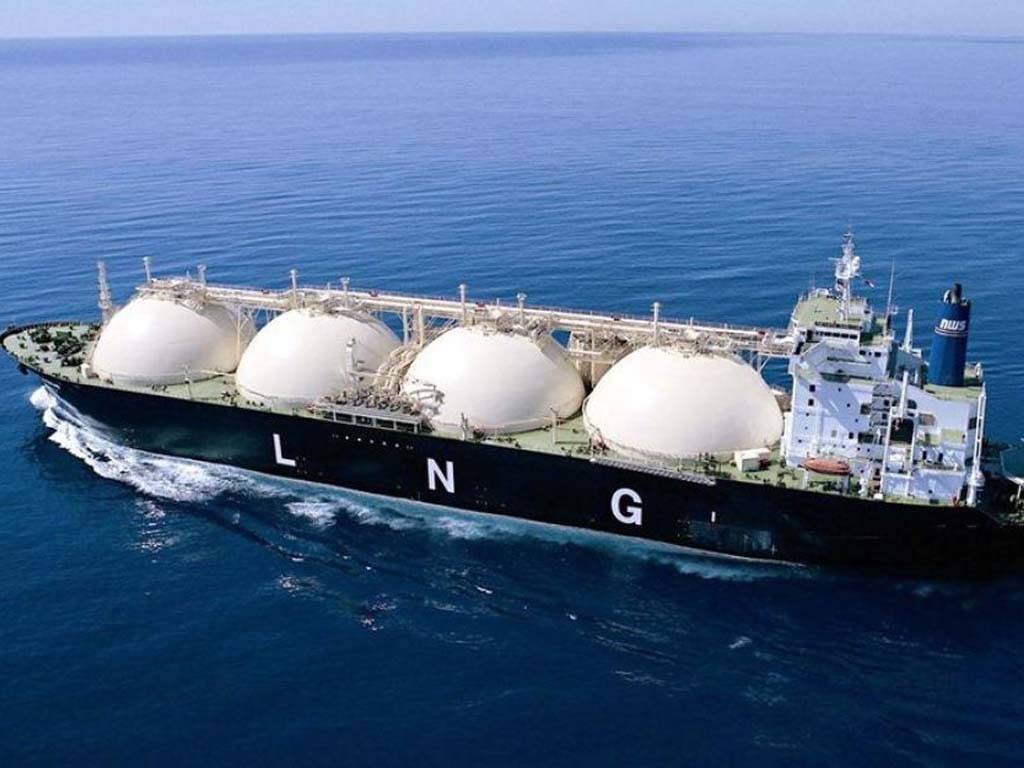LAUNCESTON, (Australia) The price of spot liquefied natural gas (LNG) for delivery to north Asia has started its traditional summer rally early this year as buyers fret about the potential for supply shortages when the peak demand season arrives.
The spot price rose to $8.85 per million British thermal units (mmBtu) in the week to April 30, up from $8.65 the prior week and the highest since Jan. 22.
The post northern winter low was $5.60 per mmBtu on Feb. 26, and working on the assumption that prices don’t dip in coming weeks, this would be a considerably earlier low than in the previous five years.
Spot LNG prices typically peak in the northern hemisphere winter and summer periods of high demand for heating and air-conditioning, respectively, with a shoulder season in between resulting in lower prices.
In 2020, the spot price reached its post-winter low point for the year in late May, while in 2019 it was in mid-June.
More significant has been the movement in the futures contracts traded in New York, which reflect the regional benchmark Japan Korea Marker, compiled by S&P Global Platts.
The front-month contract ended at $8.905 on Monday, the highest since Jan. 20, and up 53% since the low so far this year of $5.805 on Feb. 25.
The contracts for delivery for the summer months have also been gaining, with the July delivery future ending on Monday at $9.65 per mmBtu, up from $7.37 a month ago and $6.35 two months ago.
The September contract ended Monday at $9.70 per mmBtu, up 21.3% from $8.00 a month a ago and a gain of 33.3% from the $6.75 two months ago.
What the pricing seems to be showing is that LNG buyers in Asia aren’t taking any chances about the coming summer demand period, and don’t want any repeat of the surge in spot prices to record highs above $33 per mmBtu that happened when a colder than expected winter caused a spike in demand.
Several utilities in the world’s biggest buyers of LNG, namely Japan, China and South Korea, were caught short of the super-chilled fuel last winter, as the freezing temperatures collided with some supply outages in major exporters, such as Australia.
It appears that some buyers have already been increasing purchases, with China’s LNG imports in April estimated by Refinitiv at 6.48 million tonnes, up from 5.81 million in March and 20.4% higher than the 5.38 million from April 2020. Six LNG tankers have diverted away from India since April 20, changing the destination to northeast Asia, Europe and Kuwait instead, said Rebecca Chia, an analyst with data intelligence firm Kpler.























Comments
Comments are closed.